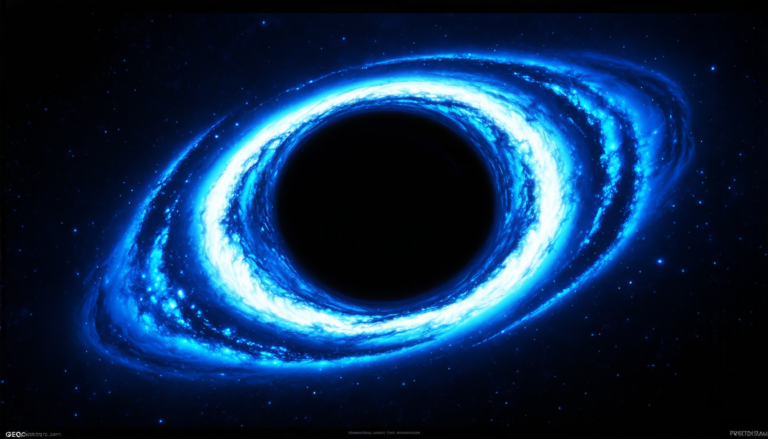Sunday 06 April 2025
Physicists have long been fascinated by the mysteries of chaos and quantum mechanics. Two areas that seem like they couldn’t be further apart, yet both are crucial to understanding the behavior of particles at the smallest scales. A new study has shed light on the connection between these two seemingly disparate fields, offering insights into how chaotic systems can be described using quantum mechanics.
Chaos theory is a branch of mathematics that studies complex and unpredictable behavior in physical systems. The butterfly effect, where the flapping of a butterfly’s wings can cause a hurricane, is a classic example of chaos in action. On the other hand, quantum mechanics is a theory that describes the behavior of particles at the atomic and subatomic level. It’s a world where probabilities rule supreme and seemingly random events occur with eerie regularity.
The study in question focused on a type of system known as a kicked rotator. This is a simple model that consists of a particle moving in a circular path, with occasional kicks or perturbations to its motion. The researchers used this system to explore how chaos arises in quantum mechanics, and what implications this has for our understanding of the behavior of particles at the smallest scales.
The team found that even in chaotic systems, certain patterns emerge when viewed through the lens of quantum mechanics. These patterns are known as eigenvalues, which describe the energy levels of a system. The researchers discovered that in chaotic kicked rotators, these eigenvalues are not randomly distributed, but instead follow a specific pattern.
This finding has significant implications for our understanding of quantum chaos. It suggests that even in systems where classical chaos theory is unable to provide accurate predictions, quantum mechanics can still offer valuable insights into their behavior. This could have important consequences for fields such as quantum computing and cryptography, where the behavior of particles at the smallest scales is crucial.
The study also highlights the importance of considering both classical and quantum effects when studying complex systems. In many cases, these two approaches are treated separately, but this research shows that they are intimately connected. By combining insights from both areas, scientists can gain a deeper understanding of the underlying mechanisms driving chaotic behavior.
In practical terms, the findings of this study could lead to new methods for analyzing and controlling complex systems. This could be particularly important in fields such as climate modeling, where small changes in initial conditions can have significant effects on long-term outcomes.
Overall, this research offers a fascinating glimpse into the intricate dance between chaos and quantum mechanics.
Cite this article: “Unlocking Quantum Chaos: Scientists Crack Code of Out-of-Time-Ordered Correlators”, The Science Archive, 2025.
Chaos Theory, Quantum Mechanics, Kicked Rotator, Eigenvalues, Quantum Chaos, Particle Behavior, Classical Chaos, Complex Systems, Climate Modeling, Quantum Computing







